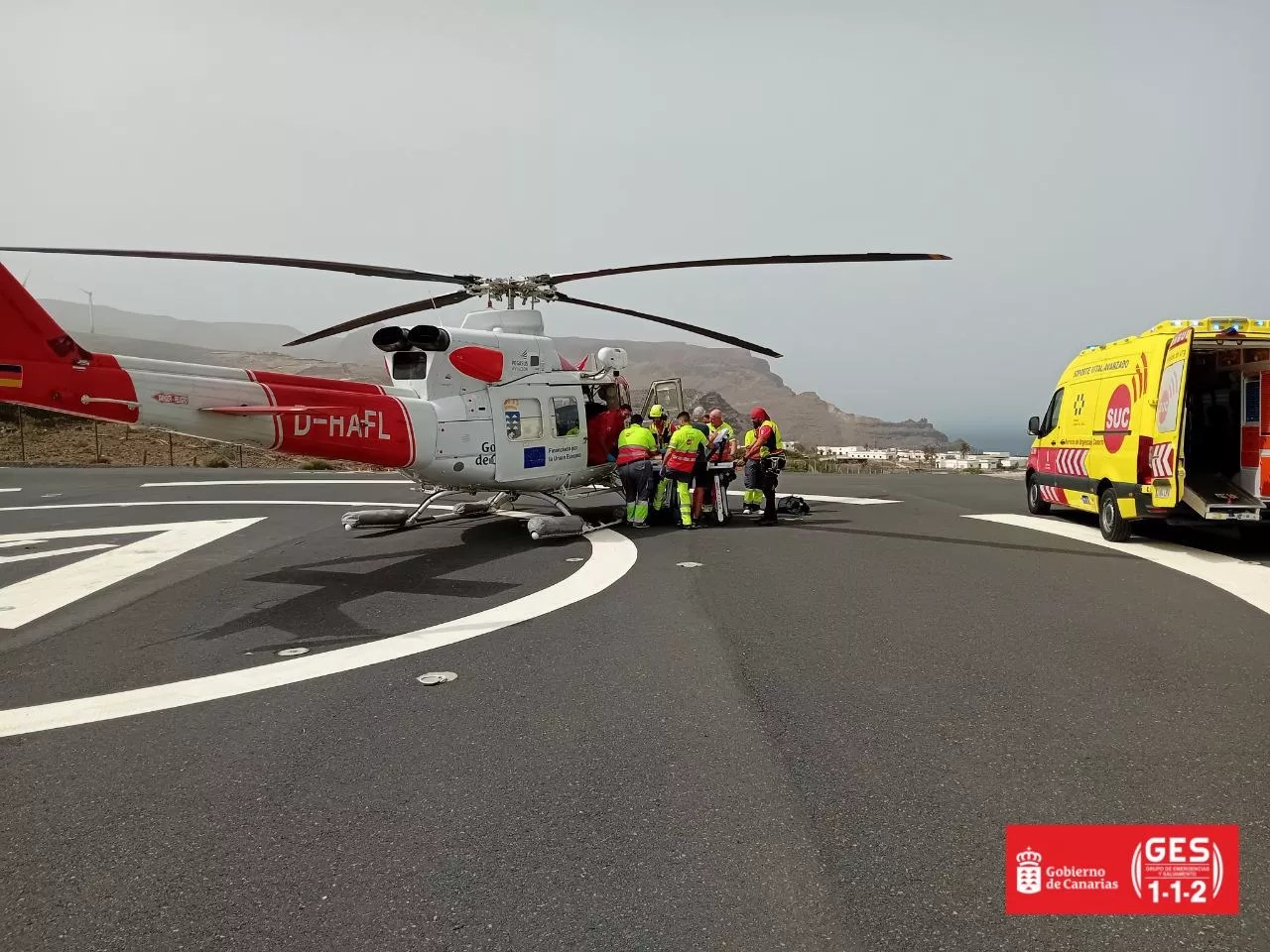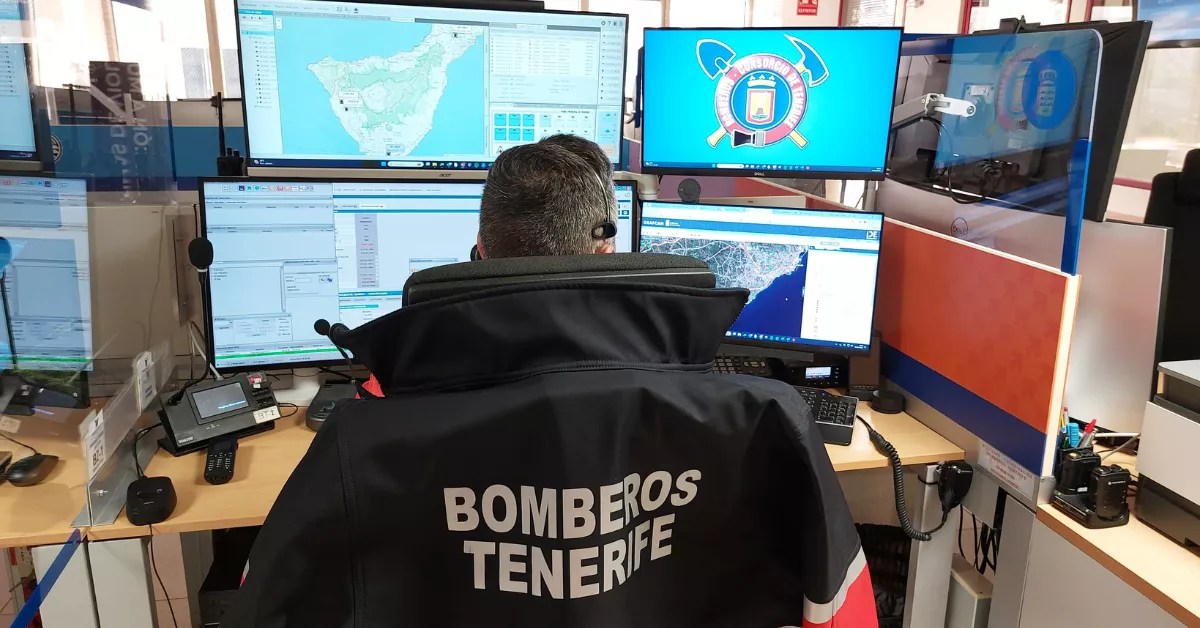This July marks 50 years since Fred. Olsen’s first journey to La Gomera, a milestone that deeply intertwined the company’s origins with the island. It was on 8th July 1974 when the shipping company embarked on its maiden voyage to connect this island with the south of Tenerife.
Throughout its history, one of the most prominent aspects of La Gomera’s economy has been its port, which in the 17th century was considered one of the best in Canary Islands. However, the island’s great maritime revolution arrived in 1974 with the arrival of the Benchijigua ferry, marking the beginning of a new era.
The introduction of a ferry service to La Gomera was made possible by the Olsen family. Upon their arrival on the island in 1904, Thomas Olsen saw an opportunity for development. While their initial business activity was agriculture, his grandson, Fred. Olsen, in 1973 accepted the challenge posed by public authorities to address the connectivity issues faced by residents in reaching the nearest island: Tenerife.
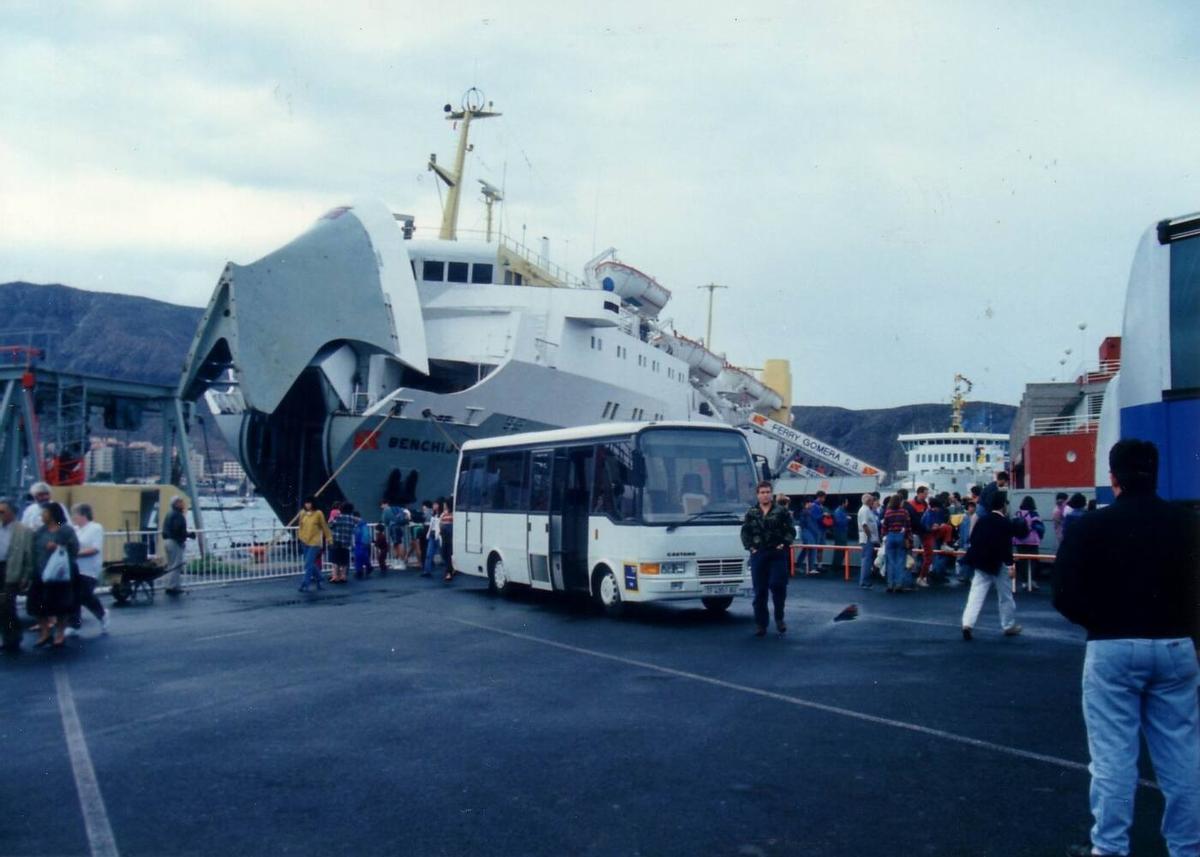
‘Benchijigua Buganvilla’
Thus, Ferry Gomera was born in 1974, commencing its journey with the Benchijigua, the company’s inaugural vessel. This ship had a capacity of 399 passengers and around 60 vehicles. The journey at that time lasted 80 minutes, with a fare of 280 pesetas per passenger.
According to the fleet director of Fred. Olsen Express, Juan Ignacio Liaño, “the reception of this ship was so overwhelming that in just six months, over 100,000 passengers travelled with it”. It was a “lifeline in the daily lives of La Gomera’s residents. As the only means of transportation from the island to the rest of the archipelago, it was often used to transport patients requiring immediate transfer to the hospital in Tenerife,” highlights Liaño.
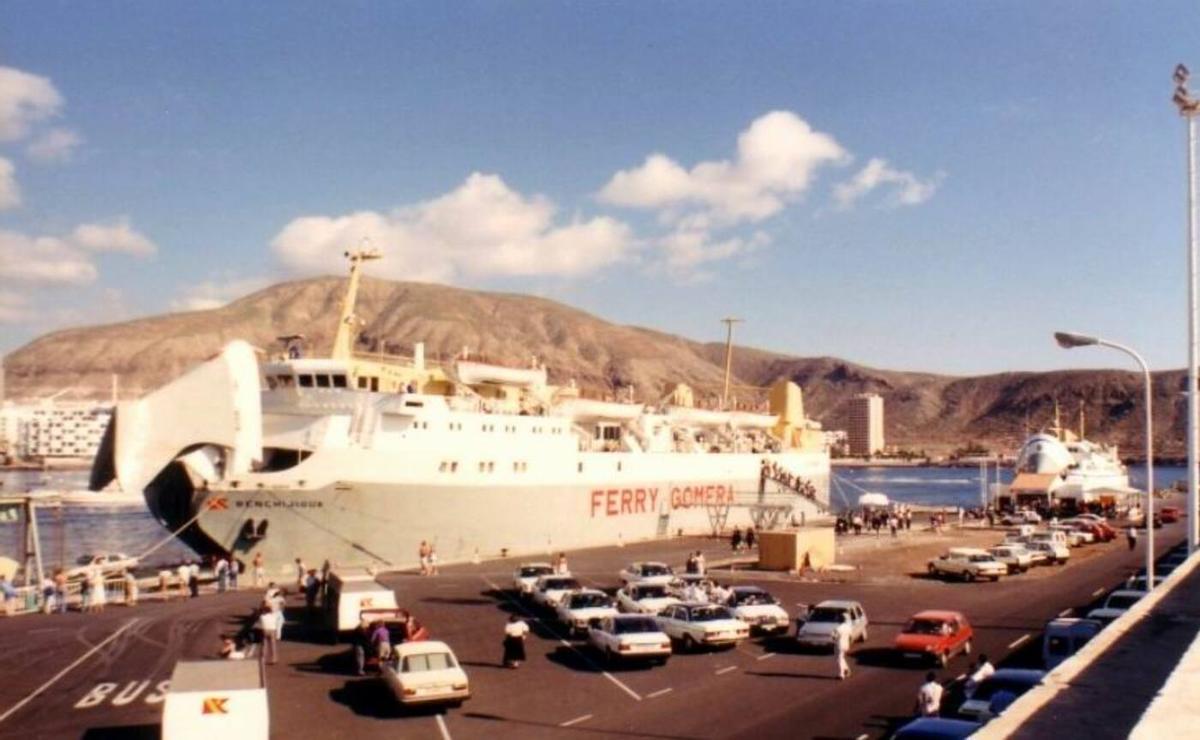
Benchijigua Betancuria.
Serving as a lifeline, a logistical, or tourist medium, the Ferry Gomera managed to carve a niche in the lives of the residents of San Sebastián port much sooner than the company had anticipated back then. Therefore, the second vessel arrived in La Gomera in 1980, while land connections also evolved to enhance connectivity between the island’s municipalities.
With its consolidation, the shipping company paved the way for tourism and the dynamization of other sectors, such as the rise of craftsmanship, the establishment of restaurants and souvenir shops, and the introduction of new services like car rentals. Thus, day trips were born with Ferry Gomera. A model that remains in force today, with Fred. Olsen Express continuing to play a role in the economic development of the island where it all began.
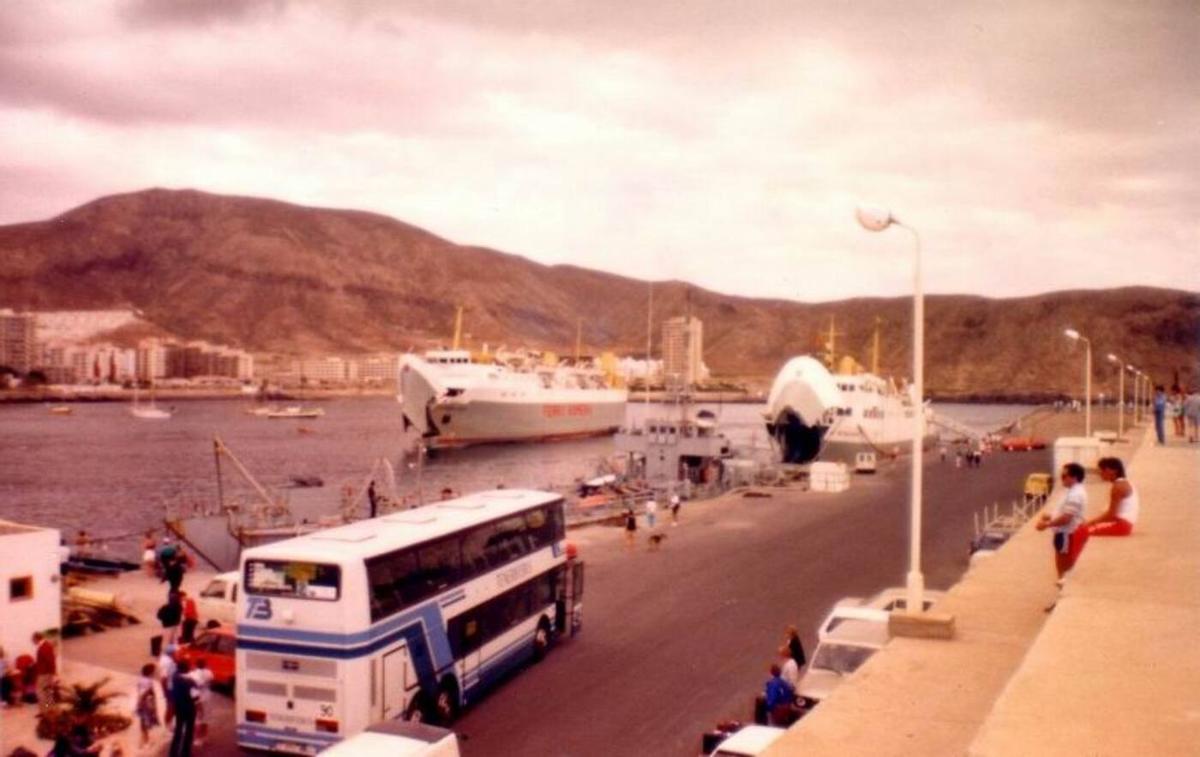
Betancuria Benchijigua.
Five Decades of Service for Over 34 Million Passengers
Over half a century, the route between La Gomera and Tenerife has witnessed the journeys and experiences of more than 34 million passengers, 4 million vehicles, and over half a million units of cargo since its inception.
The widespread acceptance of this voyage over 50 years solidifies it as a preferred choice, with an annual average of 800,000 passengers, over 150,000 vehicles, and around 10,000 units of cargo. These figures underscore the vital role the shipping company plays in Canary Islands’ connectivity.











